World’s Highest Peaks at Risk of Losing 80% of Volume by 2100, Warns New Report
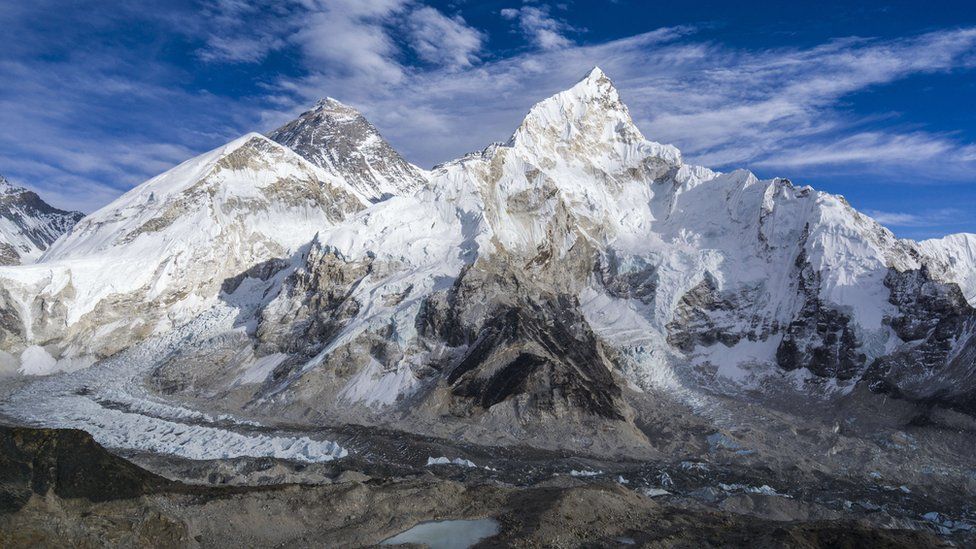
In a new report published by the International Centre for Integrated Mountain Development (ICIMOD), international scientists in Nepal have issued a stark warning that the world’s highest peaks are facing a severe threat. The report reveals that under worst-case climate scenarios, these majestic mountains could lose up to 80% of their volume by the end of the century, with devastating consequences for millions of people.
The study, which examined the impact of climate change on an extensive area spanning 1.6 million square miles, from Afghanistan to Myanmar, focused on the Hindu Kush and Himalaya mountain range region. The findings showed that glaciers in this region melted at a rate 65% faster during the 2010s compared to the previous decade, indicating the tangible influence of rising temperatures.
One of the critical concerns highlighted by the report is the fact that the ice and snow from these mountains feed 12 rivers that supply fresh water to approximately two billion people across 16 countries, including China, India, and Pakistan. The report warns that excessive water, eventually resulting from glacial melting, will lead to water scarcity in the long term.
In 2019, the same group released a report projecting that, even under the most optimistic scenario of limiting average global warming to 1.5 degrees Celsius above pre-industrial temperatures, the region would still lose at least one-third of its glaciers. Unfortunately, the updated report reveals that these projections have worsened.
According to the latest findings, a temperature increase between 1.5 to 2 degrees Celsius would result in a loss of 30% to 50% of the mountain region’s volume by 2100. If the world surpasses 3 degrees Celsius of warming, glaciers in Nepal and Bhutan in the eastern Himalayas face the imminent risk of losing 75% of their ice. Moreover, a mere one degree increase beyond that would raise the risk to a staggering 80%.
The World Meteorological Organization predicts that the annual mean global near-surface temperature between 2023 and 2027 will be 1.1 to 1.8 degrees Celsius higher than the average between 1850 and 1900, CNN reported.
Scientists consider 1.5 degrees of warming as a critical tipping point beyond which the likelihood of extreme flooding, drought, wildfires, and food shortages significantly escalates.
The consequences of rapid warming and glacial melt are far-reaching. The Hindu Kush Himalaya region is home to approximately 240 million people, with many communities having deep cultural roots spanning thousands of years. Additionally, around 1.65 billion people reside downstream, heavily reliant on the water provided by these mountains.
The report highlights the adverse effects on agriculture, livestock, tourism, and the production of medicinal and aromatic plants in the region. Changing climatic and cryospheric conditions pose a severe threat to the livelihoods of mountain communities. Snowfall patterns no longer align with the seasons, resulting in reduced grazing land for livestock and leading to substantial income losses for farmers. In recent years, the scarcity of food has caused the death of yaks in India, Nepal, and Bhutan.
Furthermore, the region’s remote and rugged terrain presents significant challenges in terms of disaster response and rescue efforts, amplifying the risks faced by mountain communities in the face of floods, landslides, and avalanches.
The report also emphasizes the threat to unique species within the diverse ecosystems of the Hindu Kush and Himalayas. Tropical and subtropical rainforests, temperate coniferous forests, and cold deserts are all vulnerable to adverse climate changes. The study cites examples of extinction among butterfly species in Pakistan’s Murree Hills and the severe impact on endemic frog species, which experience breeding problems and developmental deformities due to climate change.
With two billion people in Asia depending on the water resources provided by these glaciers and snowfields, the potential consequences of losing this cryosphere are immense. Urgent action is needed from global leaders to prevent an environmental catastrophe, asserts Izabella Koziell, deputy director general of ICIMOD.
The findings of this report serve as a powerful reminder of the urgency to combat climate change and protect the world’s most vulnerable ecosystems, which are intricately tied to the well-being and survival of countless communities and species.






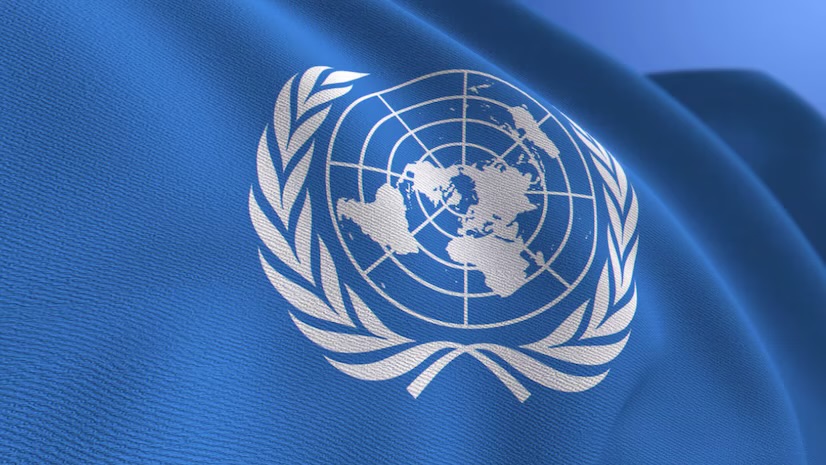

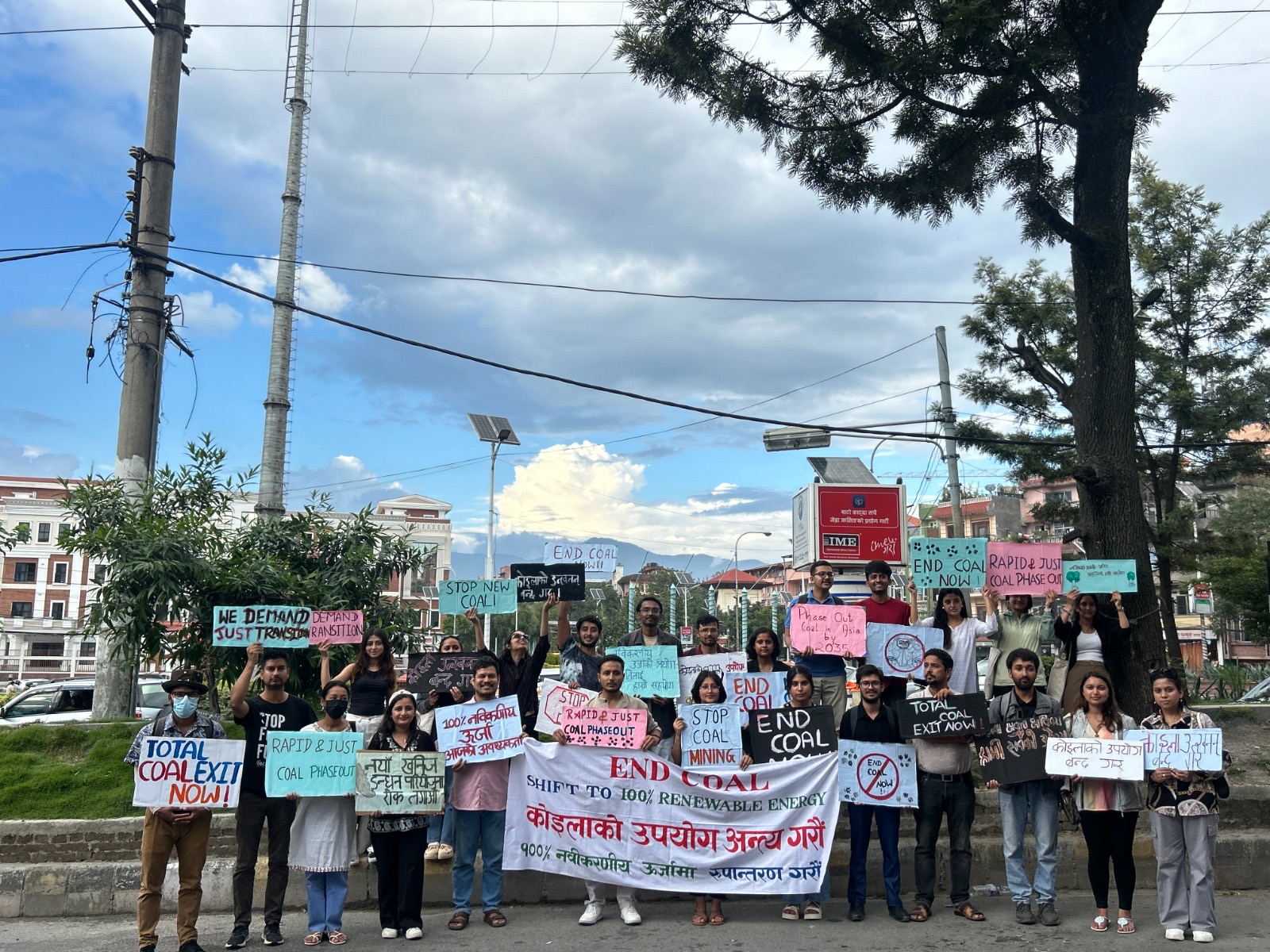

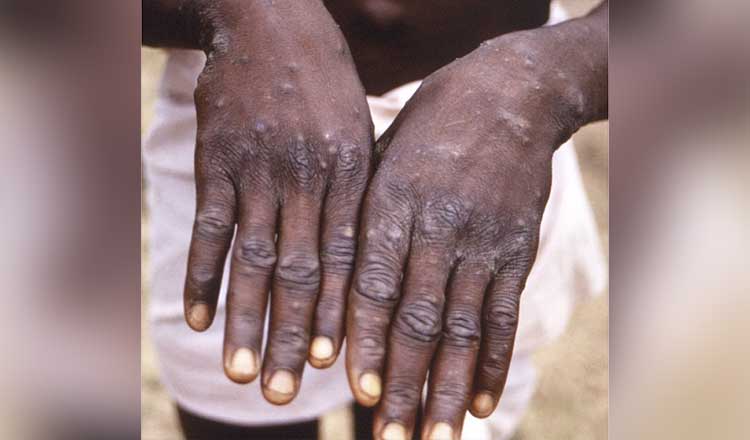

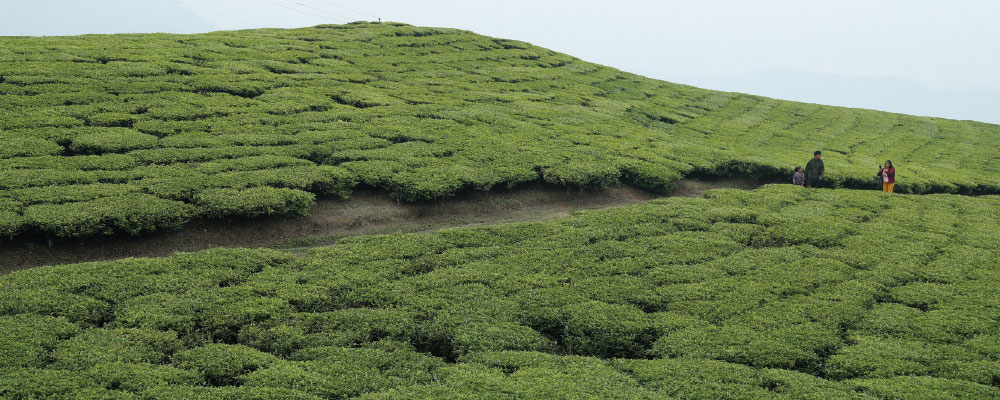

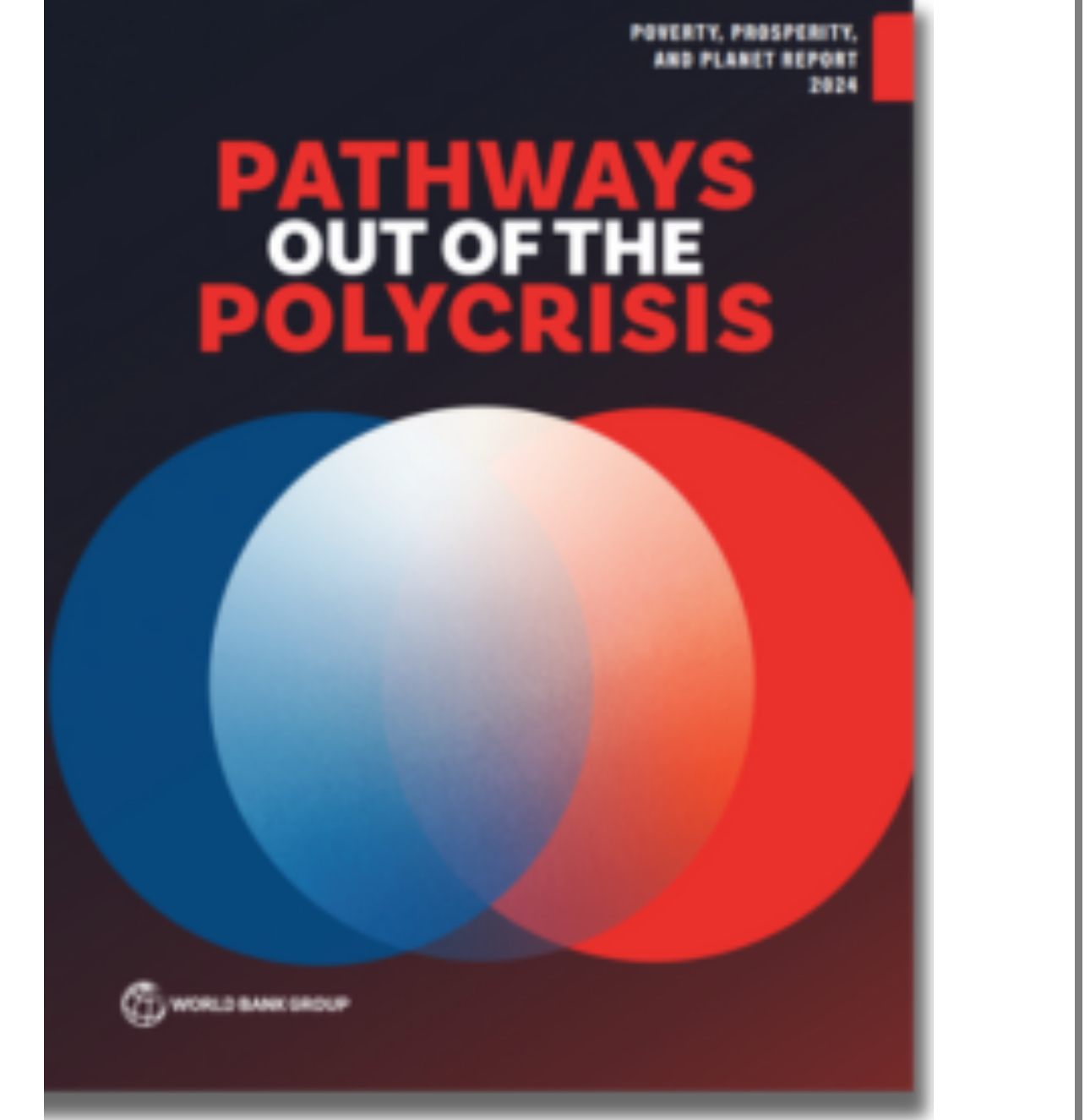




Facebook Comments